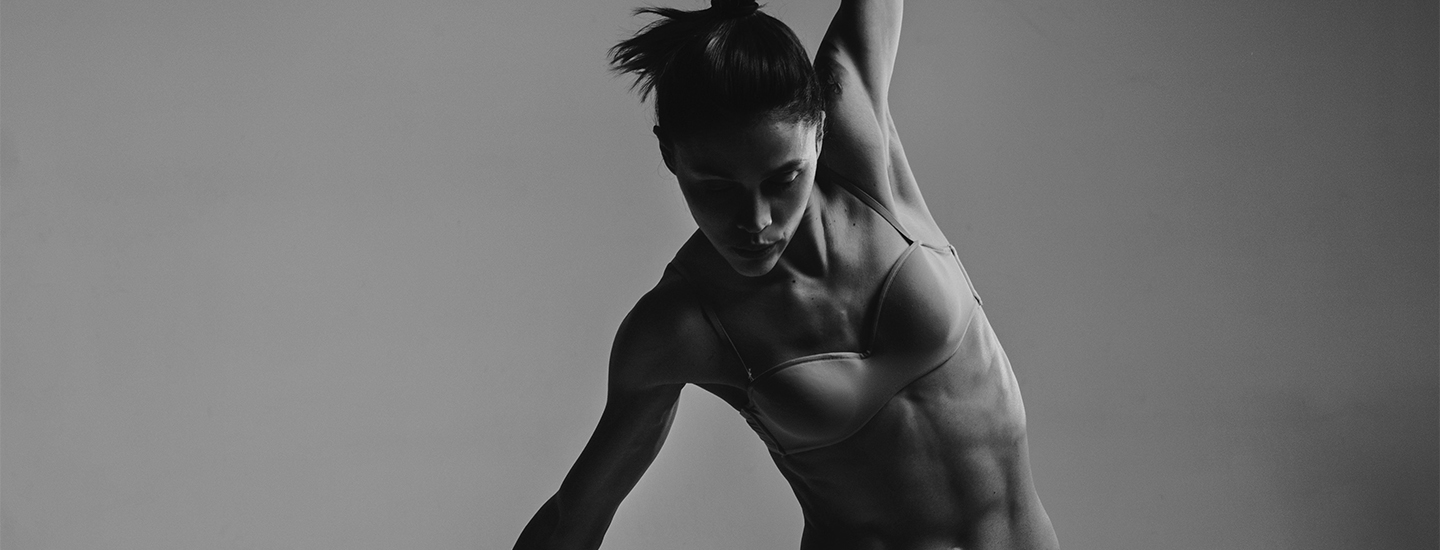“All of a sudden, I was like, “Well, hello, ladies, where have you been all my life?'”as Gennev customer who got a midlife boost to her bra size
No surprise, our bodies change as we age, but some of those changes can be a little “¦ unexpected like menopause and breast size. One place women frequently notice change early in the transition in their breasts.
How do breasts change with age?
As a woman ages, her breasts become more composed of fatty tissue and less glandular, making them feel and look less firm and full. Also, reduced estrogen means reduced elasticity of the skin and possibly weaker chest muscles, which can mean breasts need more external support. Cysts may start to form, which are harmless, but which can make breasts feel lumpy.
Many women lose breast tissue, resulting in a wider space between. Some women gain breast tissue, going up as much as a cup size, which is often as but not always as a result of overall weight gain. Breast enlargement is menopause is less common than its opposite, but it does occur.
It’s important to watch your hormonal secretions (we recommend you don’t use a hormone levels chart). As hormone levels fluctuate, breasts can be sore and sensitive like during your monthly cycle, only it may happen more erratically and last longer. Fortunately, this change often disappears when hormone levels settle after menopause.
What can I do about menopause and breast size changes?
There’s not much you can do about normal changes to breast size and shape due to aging, short of undergoing cosmetic surgery. However, for comfort and self-confidence, there is one big change you might want to make:
Your bra.
Why change your bra?
As your body changes, you may find that 34B you’ve worn since puberty (or since your last baby, if you took the baby path) no longer serves your needs. Up to 80 percent of women are wearing the wrong bra size, so chances are, you are too.
Why change? Wearing the wrong bra size is uncomfortable: the band may be too tight, causing it to ride up in back; if cups are too small, your breasts may spill over, if too big, the girls may float around in there a bit; straps can dig into your shoulders; underwire can be not entirely “under” but somewhere more “¦ “middling.” Changing bra size in menopause is common, but not always easily identifiable.
None of these gives you that sleek profile you want, and certainly none of them feel good. And it’s tough to be our confident selves when we don’t feel comfortable or are self-conscious about how we look.
Embrace the change! Give the girls the size and support they need, and you’ll feel and look better. We talk a lot of about self-care and being good to you, so here’s a great way to practice that: go get a professional bra fitting. Sore breasts during and after menopause are already common enough due to other factors”don’t increase its likelihood by neglecting the right support.
To get the real facts on how to buy a bra, we talked to an expert: Mellicia Marx, personal stylist and founder of Poplin Style Direction.
How to treat the ladies right
If you’re not able to get fitted by a pro, Mellicia provided us with the key things you’ll need to know to get the right size for comfort and a flattering fit. (Oh, and get a soft measuring tape, as the metal one from the tool box in the garage isn’t going to work, just sayin’.)
- Measure yourself, topless, around where the bra’s band would normally go, keeping the tape “snug and straight.”
- Take the inches measurement and round to the nearest whole number. (33.25″ = 33; 33.75″ = 34)
- Now there’s what Mellicia calls “the magic number”: if the whole number you got is odd, add 5 inches. If it’s even, add 4. So, a 33″ band would be a size 38 (odd + 5), and a 34″ band would be “¦ yep, size 38 (even + 4).
- To determine cup size, Mellicia says, wrap the tape around the fullest part of the breast, so the tape goes across your nipple. Round to the nearest whole number. This is your “bust size.”
- Subtract your band size (size, not inches!) from your bust measurement, to get your cup size (consult the chart below)
Check your fit with the image below: no gap in the middle? Underwire reaches all the way back? Are you using the right set of hooks? Good to go.
You may now know your size, but Mellicia cautions against assuming the world is a “same size for all” scenario (as any woman who’s bought more than one pair of jeans will know). It still makes sense to try on a new bra before purchasing to check for fit and for anything else that might rub or irritate.
Support some different girls; donate your lightly loved bras
Your bras may no longer fit you, but chances are there’s a girl or woman out there who could benefit. Mellicia suggests donating your bras to Free The Girls, an organization that provides survivors of sex trafficking a safe way to make an income through sales of second-hand clothing.
Trading in your old, ill-fitting bras for new, comfortable, flattering ones may seem like a small thing, but doing what you can to feel good in your skin is a critical part of self-care. As Mellicia says, “Fashion is totally within your control. Regardless of budget or size, you can choose to wear what makes you feel strong, confident and beautiful.” So choose that.
“
A big thank you to our expert: Mellicia Marx, personal stylist and founder of Poplin Style Direction.
Ever had a professional bra fitting? How did it go? Share the deets with the community in the comments below, on our Facebook page, or in our closed Facebook group!
